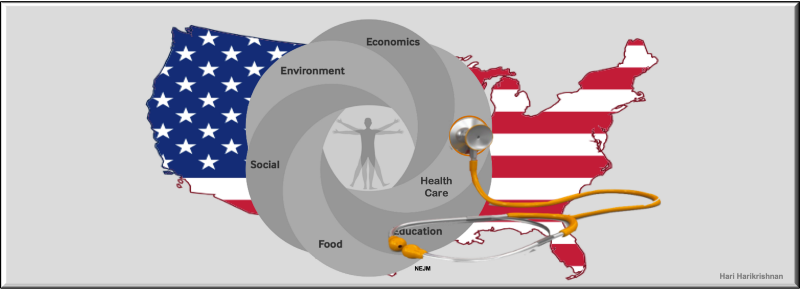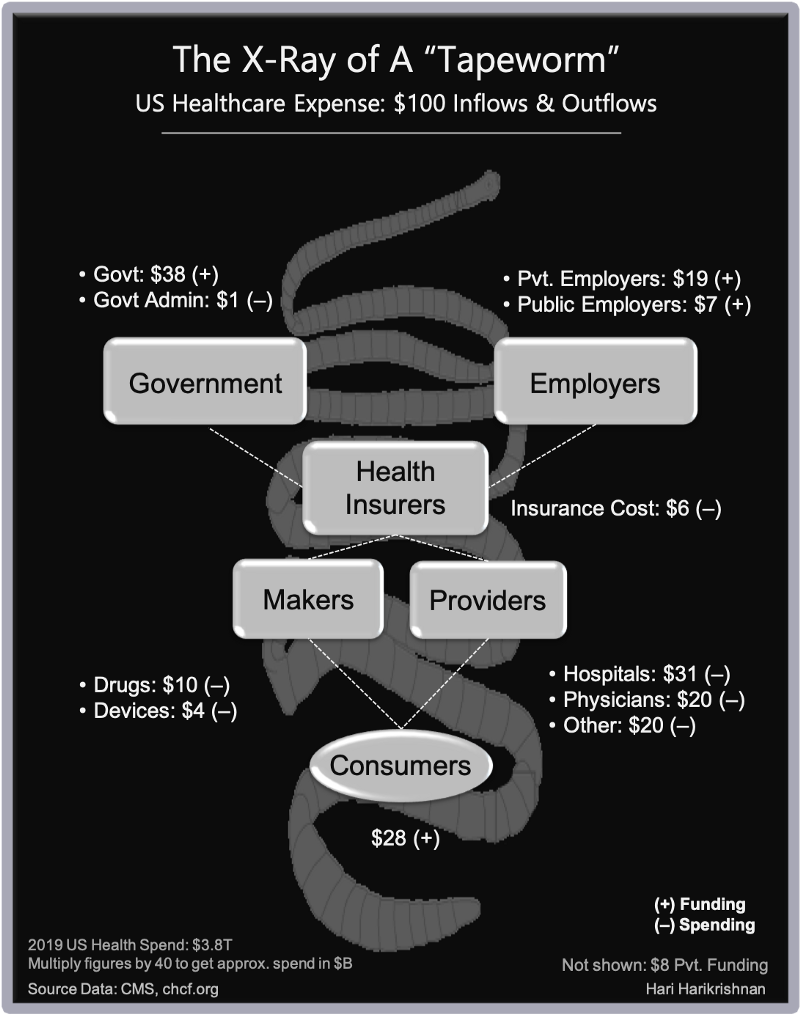Sometime ago, I talked about how remote monitoring of people is making humans the ultimate managed device. Beyond making us humans the most unique managed device since the smartphone, remote management of humans will break new ground on two core aspects of a utility service — truck rolls and demarcation lines.
In a world where multiple service providers manage us — the live, mobile, active, end point — historical notions of truck rolls and demarcation lines are no longer valid.
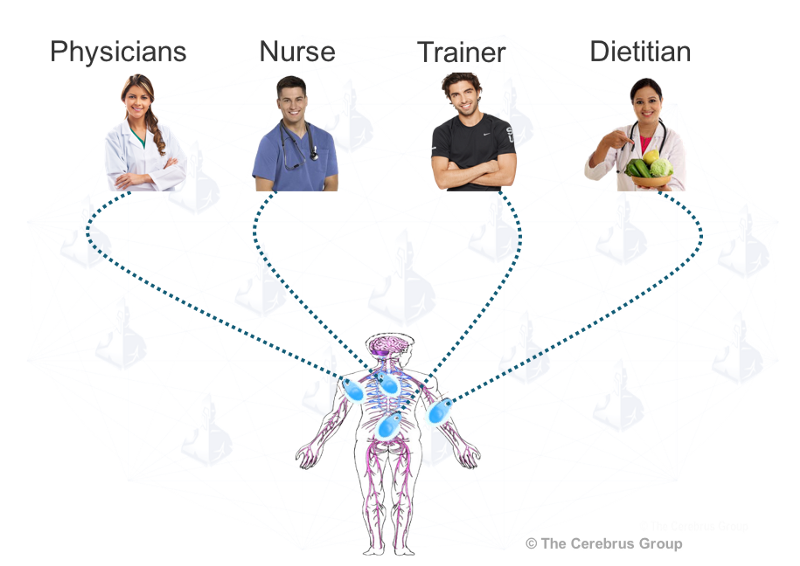
Truck Rolls in Digital Health Care
One of the key considerations in a utility service is avoidance of truck rolls. Imagine your cable provider sending technicians out at the whiff of a set-top box problem without doing remote troubleshooting. That’d be enormously expensive. Over decades, much effort was spent to reduce truck rolls. Similarly, doctors making house calls became a rarity over the last thirty years (even though it is making a come back due to aging population).
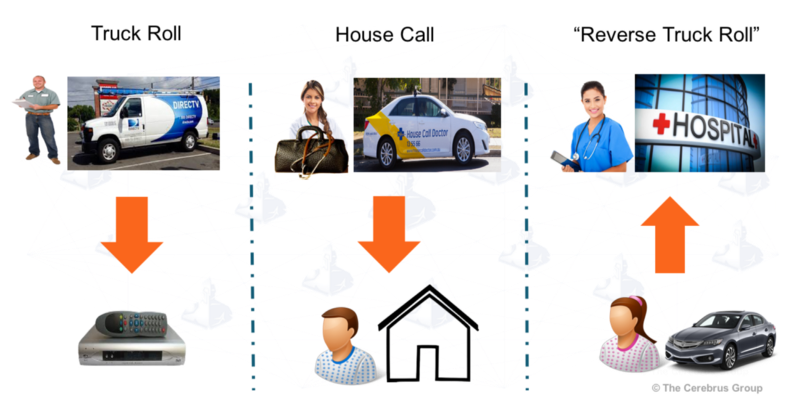
By the same logic, patients driving to hospitals for avoidable visits or re-admissions is a huge cost on the healthcare system, not to mention all that avoidable driving. Remote monitoring of the patient can reduce this “reverse truck roll” to cut down the cost of care.
In short, truck roll reduction, whether to the customer premise or to the service provider, is a cost to be minimized — whether you are remotely managing a device or a human.
Shifting Demarcation Line: Close to Heart
I get notices from my water utility periodically, advising me that if the water line breaks past the distribution point to my home, I am responsible for repairs. My phone company used to charge for “inside wiring maintenance”. My electricity provider simply assumes I’ll get an electrician to fix an issue inside the home. Historically, the demarcation line between the provider and the consumer has been a spoken or sometimes unspoken line of control. The line established who was responsible for repairs and maintenance beyond a set boundary.
We know that a smartphone changed that demarcation. Demarcation is virtual and inside the phone, with separate management of partitioned portions of the phone’s functionality. The same is true for remote patient management. The service provider who monitors our heart is not the one who monitors our hip in recovery, or the one who monitors our general health and nutrition.
The demarcation line for a managed human is virtually inside us.
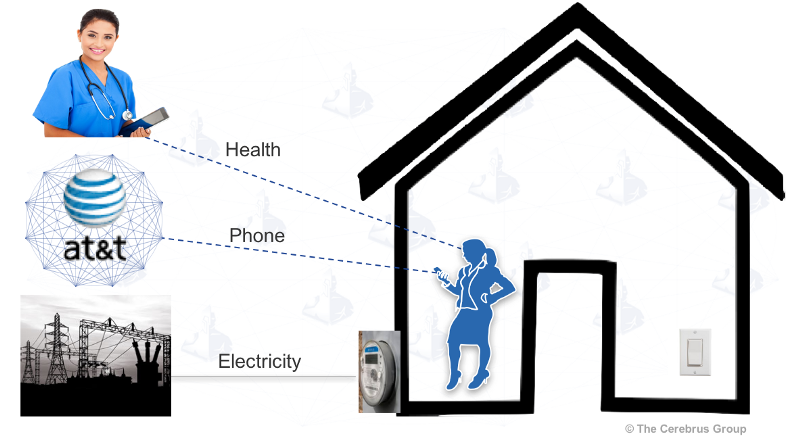
Digitizing health care delivery fundamentally changes the way a managed service or a utility service is offered. The common service attributes such as number of providers managing a device, truck rolls, and demarcation lines exist, but the boundaries of each attribute is pushed beyond what a utility service used to have when water was distributed to homes. That is a sea change. Lessons from managing a smartphone will surely come handy as providers and device makers wrestle with this change.


